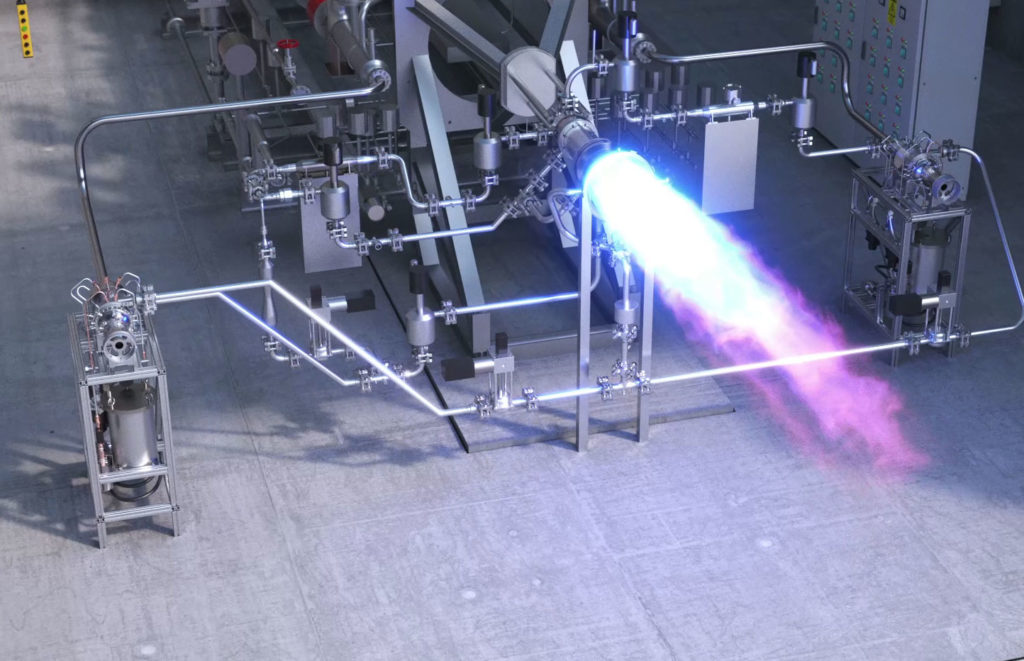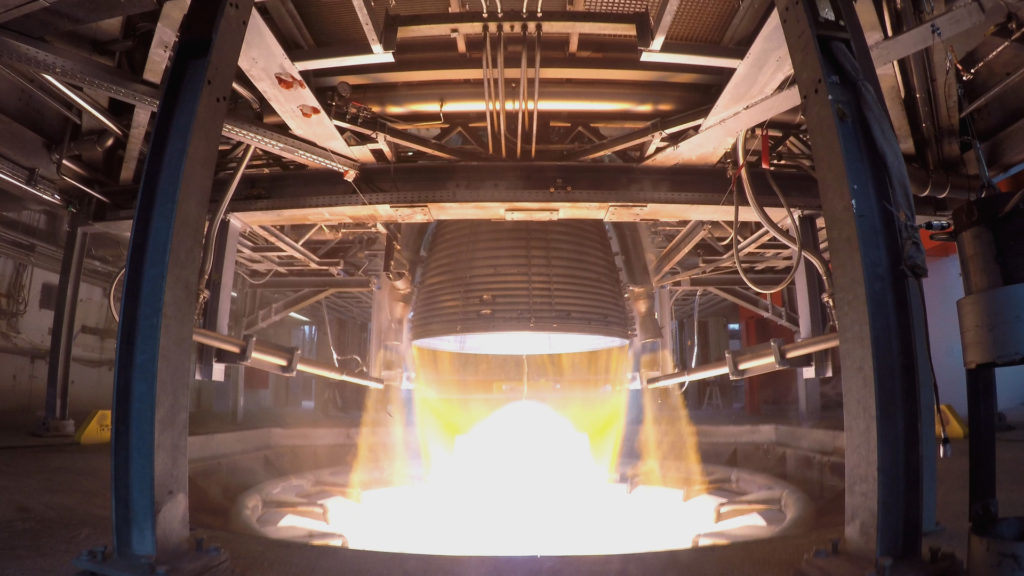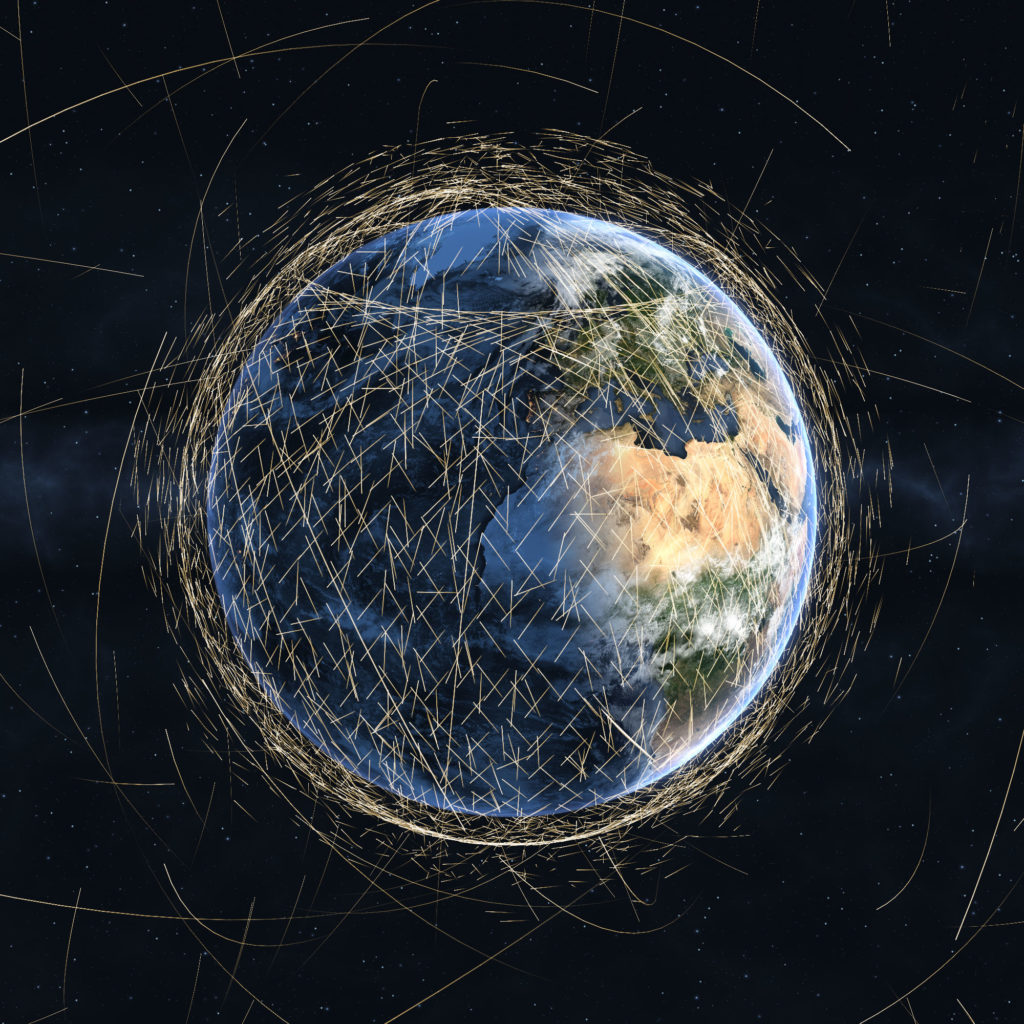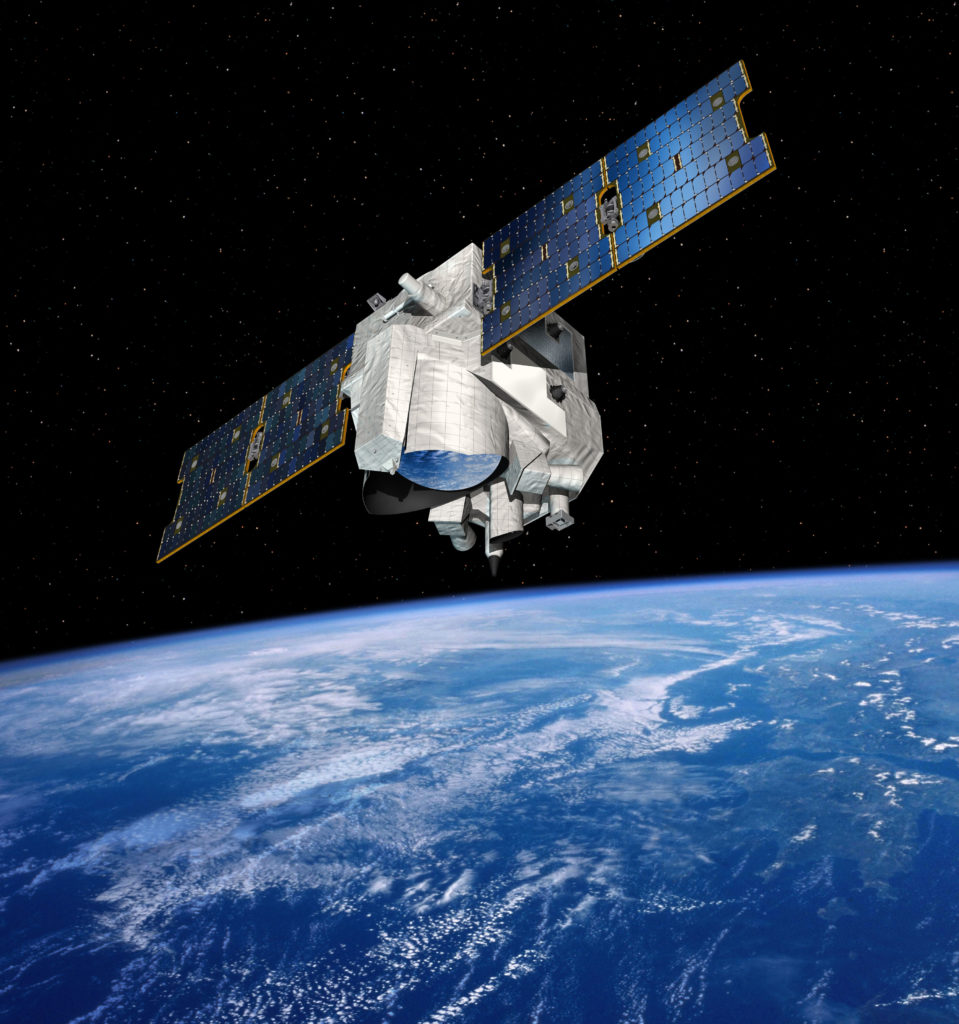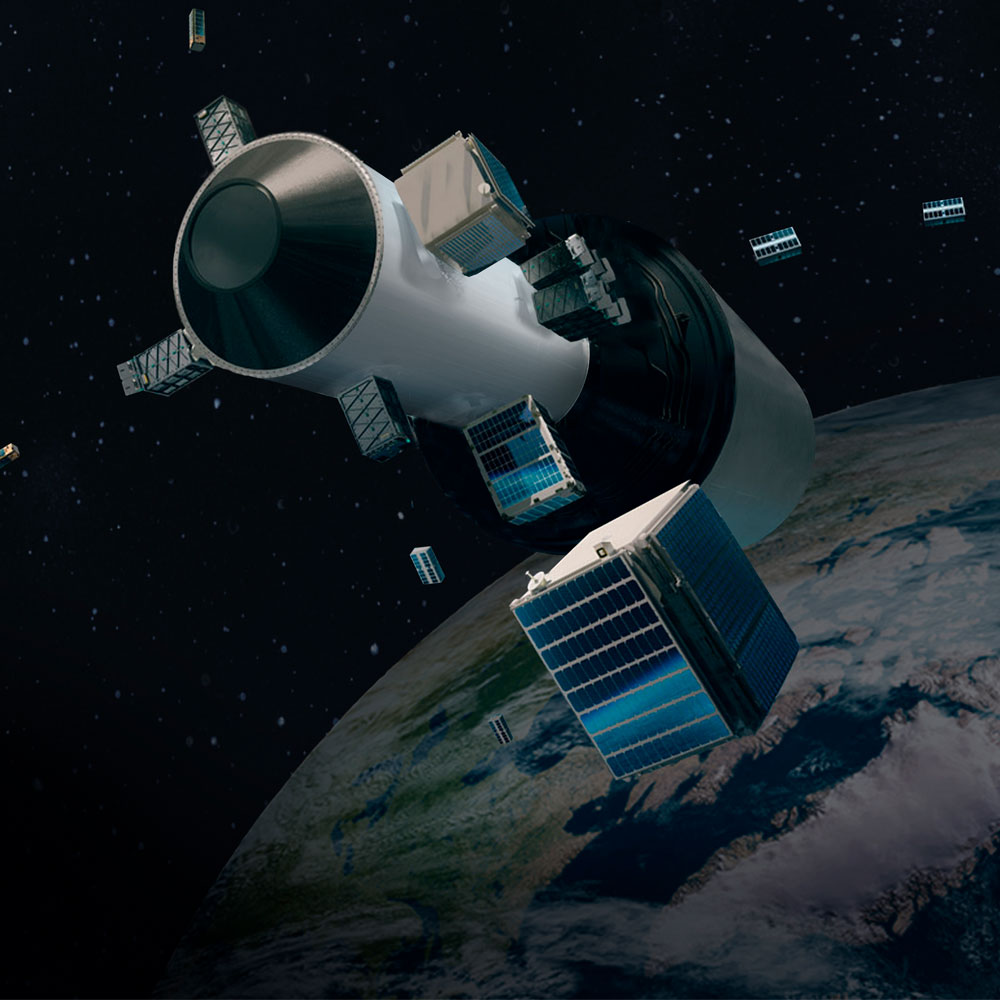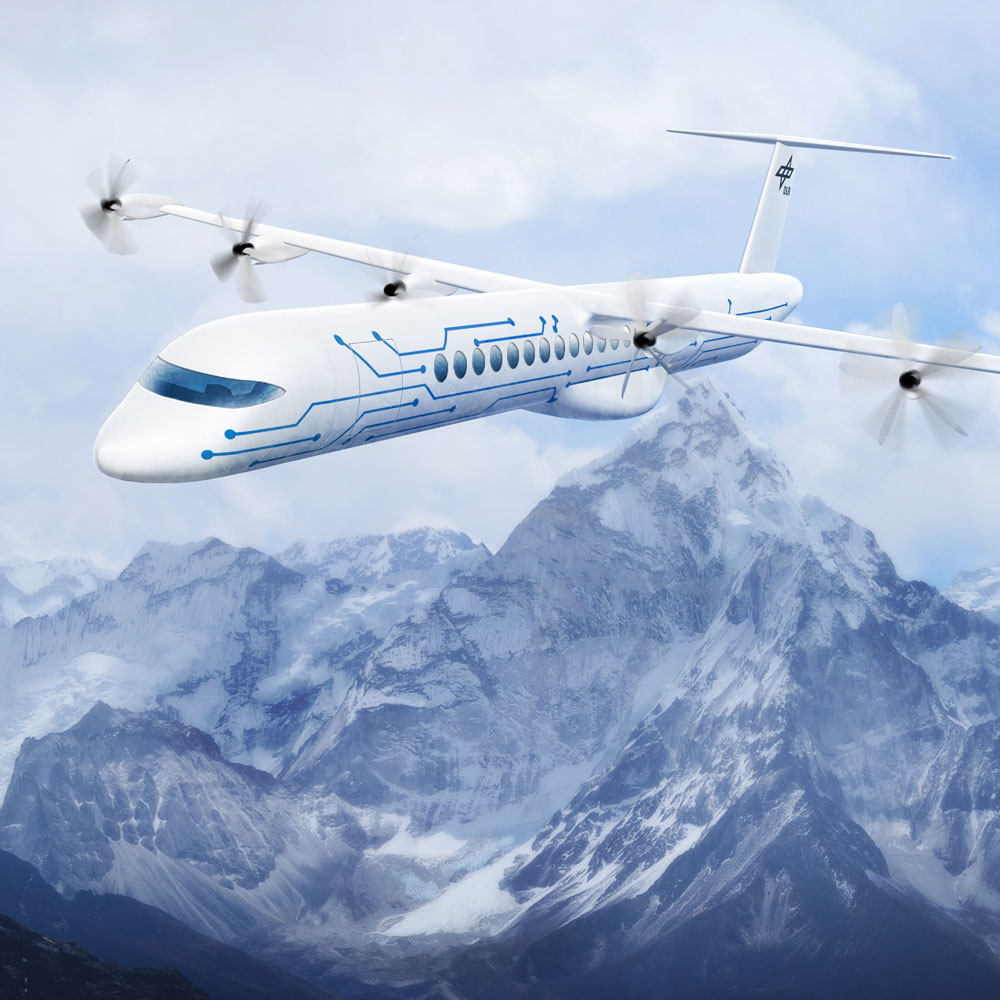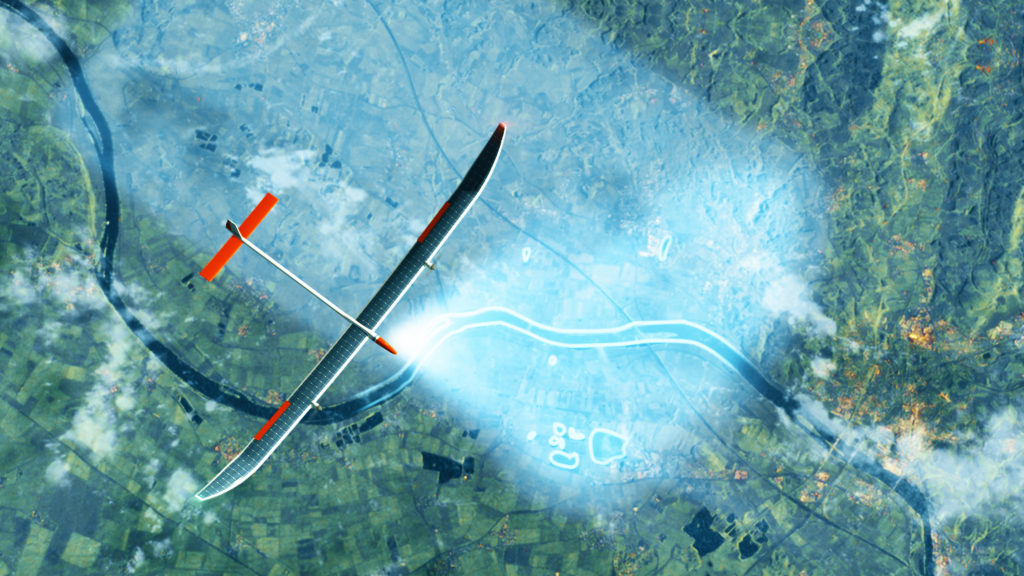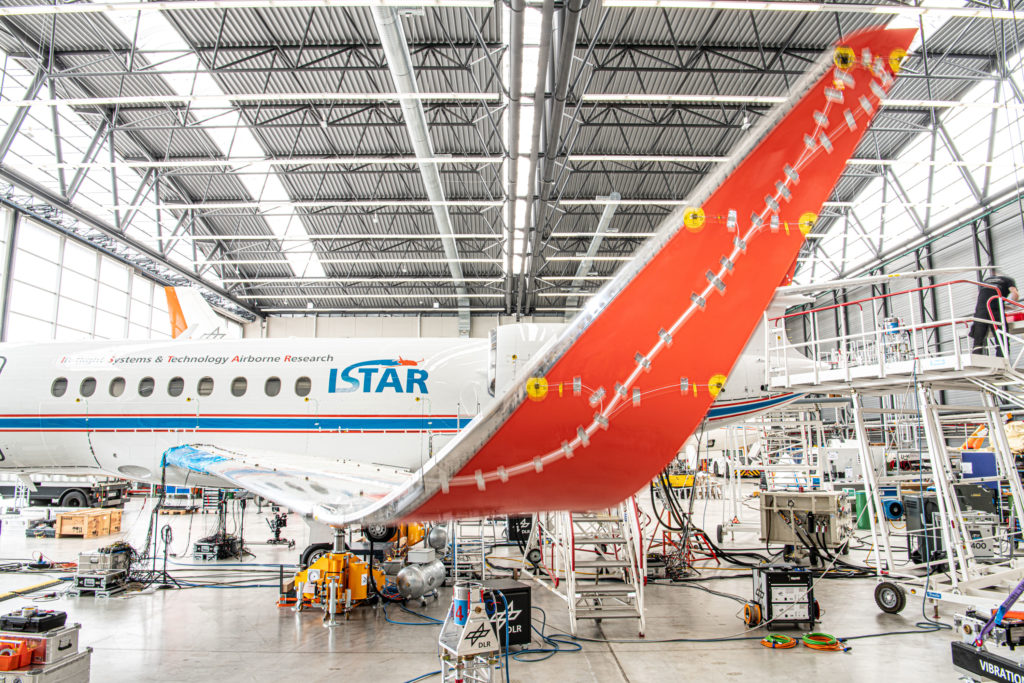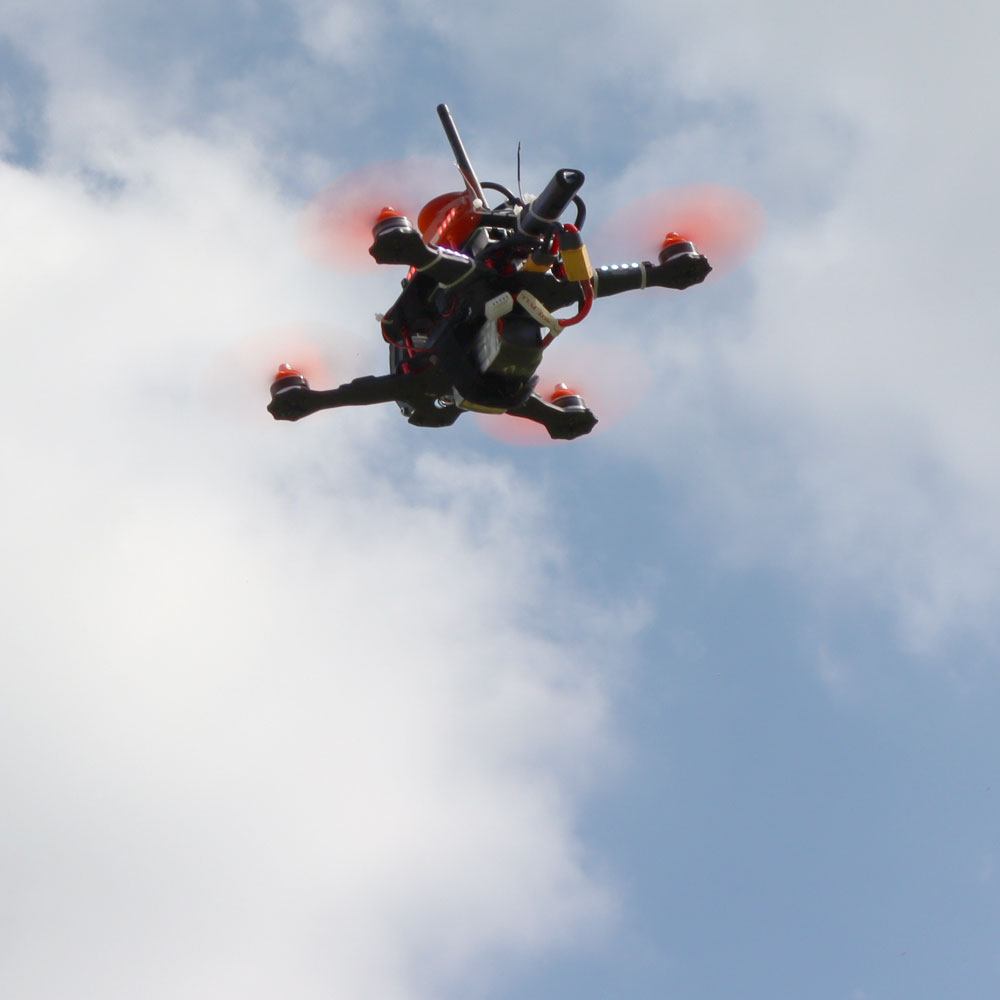The Paris Air Show, which takes place every two years at Le Bourget Airport, is the world’s largest event in the industry, according to the organisers. After a temporary hiatus, the 54th edition will be held from 19 to 25 June 2023. The first four show days are reserved for trade visitors, followed by three public days. In 2019, more than 2450 exhibitors from 49 countries showcased their work at Le Bourget. Altogether 316,000 visitors were registered, including almost 140,000 trade visitors and more than 300 official delegations from 98 countries. In addition to services and products for civilian and military aviation, the Spacecraft, Satellites and Telecommunications sector will also be well represented in Paris.
At the Paris Air Show, the German Aerospace Center (Deutsches Zentrum für Luft- und Raumfahrt; DLR) will be present in Hall 2C, once again as part of the shared area of the German Aerospace Industries Association (Bundesverband der deutschen Luft- und Raumfahrtindustrie; BDLI). Here, DLR will use the approximately 147 square metres of stand number C357 to provide insights into its current research.
Data acquired by Earth observation satellites provide a basis for addressing developments such as changes to our environment and climate. At the DLR stand, visitors will learn about the fascinating world of Earth remote sensing and its possibilities in a virtual environment. They will also discover how a small German-French satellite will produce a global map of atmospheric methane concentration. DLR will also present how small rockets are developing great market potential in the microlauncher sector. With its high-performance research and test infrastructure, DLR is working towards the spaceflight of tomorrow – the hot-firing test of the Ariane 6 upper stage, for example, took place at a DLR facility. Visitors will also experience a journey through the development of a new type of engine.
However, DLR will not only present its space research – aeronautics research is also an important theme at Le Bourget. High-flying, uncrewed and solar-powered platforms are capable of taking on a number of tasks related to Earth remote sensing. Their construction is very delicate, as DLR will demonstrate at the Paris Air Show. Another exhibit will illustrate the sensor technology and instrumentation present on DLR’s ISTAR research aircraft, which help researchers identify the effects of vibrations on the aircraft’s structure. A further exhibit will explain how drones can be effectively detected and intercepted. Novel propulsion systems for air traffic are also on the agenda, such as the possibility of powering a regional aircraft electrically using hydrogen.
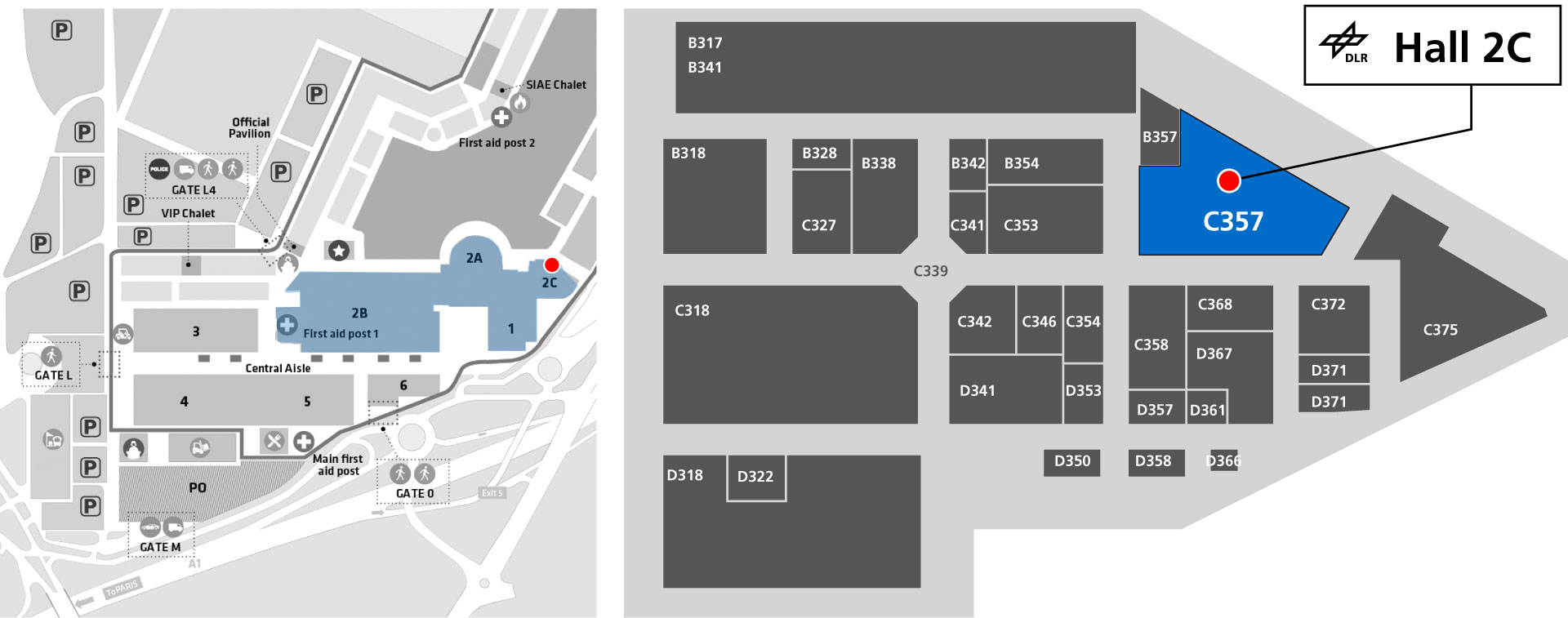
Please find further information on the website of the event organiser.
